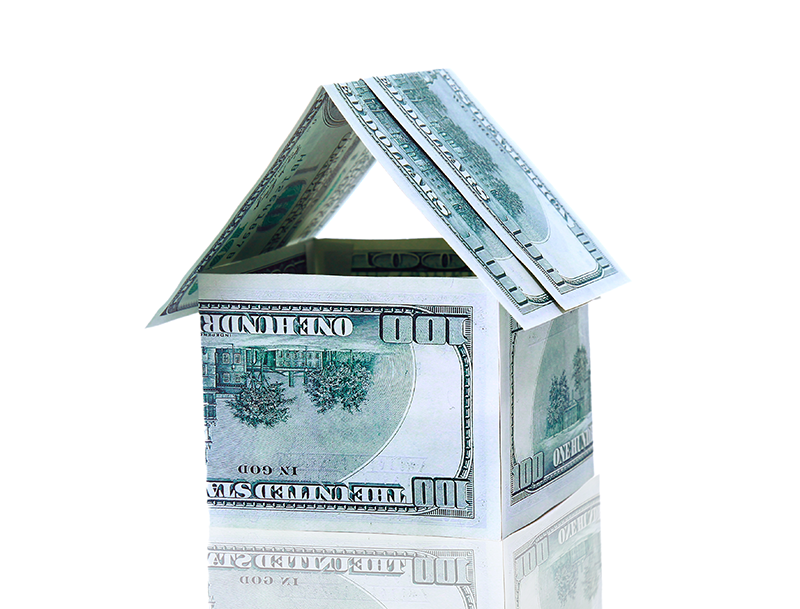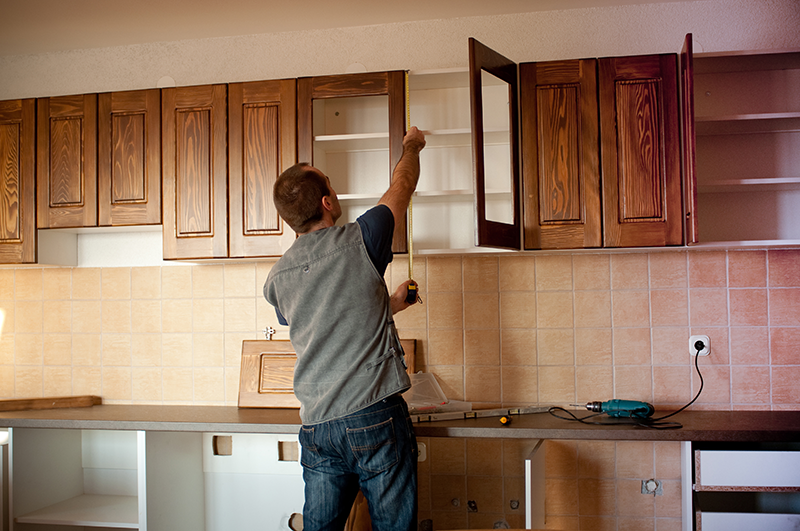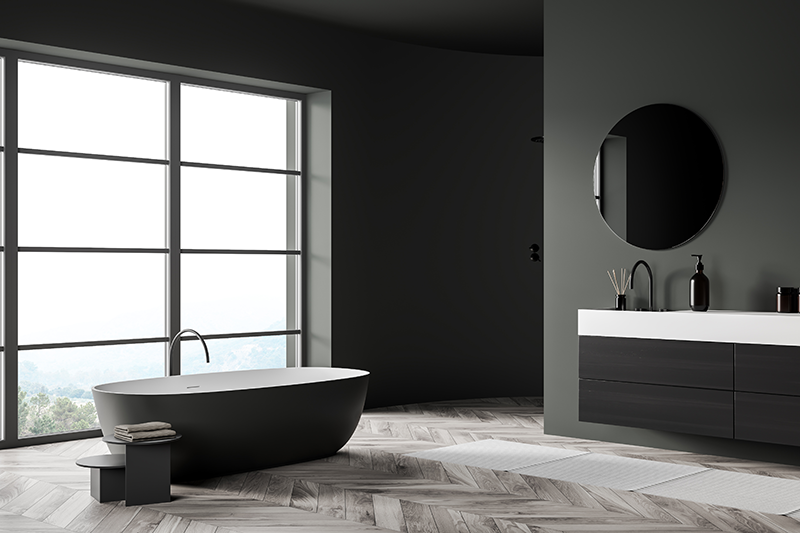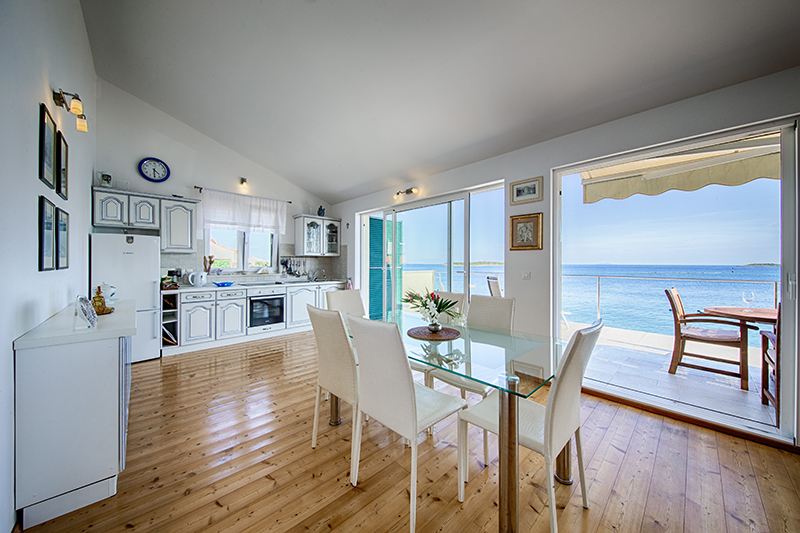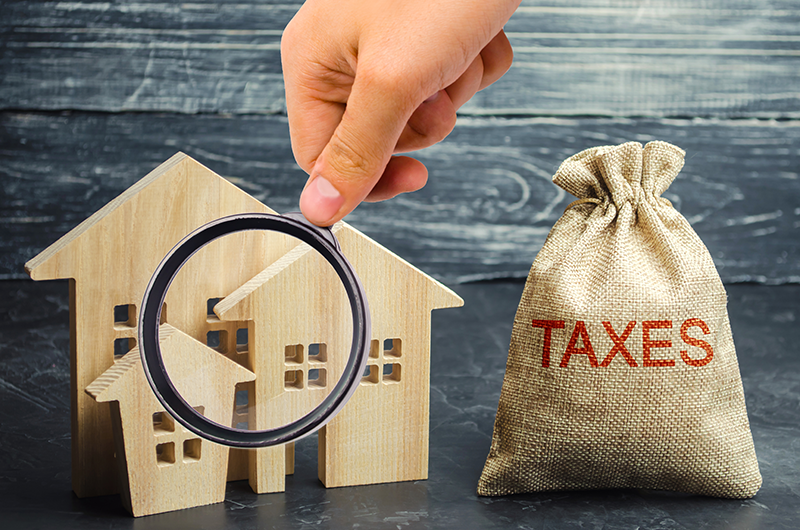Best Big Screen Interior Design Ideas

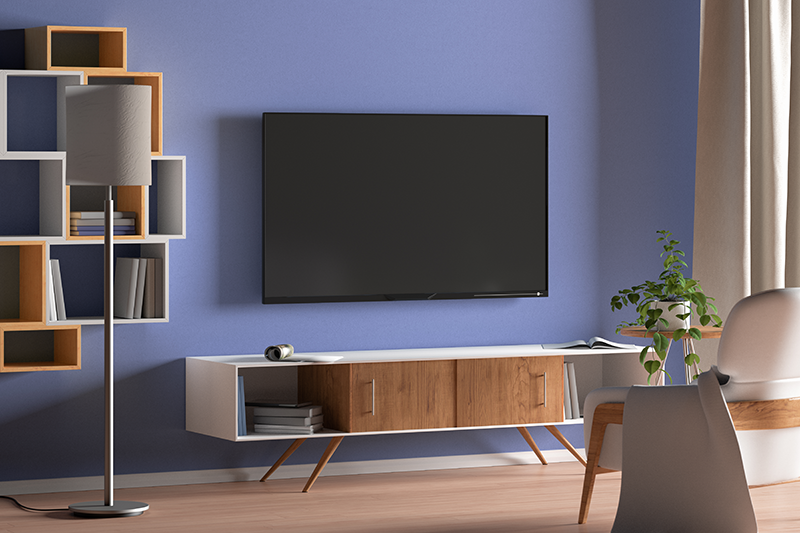
Binge-watching streaming channels is so popular that homeowners are letting gigantic black holes take over their living spaces. The problem is that most homes weren’t built to comfortably accommodate 85 to 97-inch TVs; owning one means making it an awkward focal point above the fireplace that causes neck strain.
Is there a better way? Absolutely. One of the most important interior design principles is scale. Just as too many small items can clutter a space, a single large item like an oversized TV can overwhelm a space unless you can make it look intentionally and elegantly planned.
One way is to purchase a “framed” TV such as the Samsung The Frame, or custom frame any flat screen TV after market. The advantage is that your TV becomes a gorgeous piece of framed art on USB when you’re not watching the screen. The unit lays flush against the wall and any wiring can be hidden in the sheetrock. You can even make the TV/art piece part of a gallery wall or make a bold statement with an accent wall with the TV/art piece as the focal point.
Building a solution is also an option. A good carpenter/contractor can design a wall of built-ins to frame your TV with books, collectibles, and family photographs and create a sliding door or cabinet doors to hide your TV when not in use.
And if you’re selling your home? You can tell potential buyers that the TV stays as a bargaining tool.








